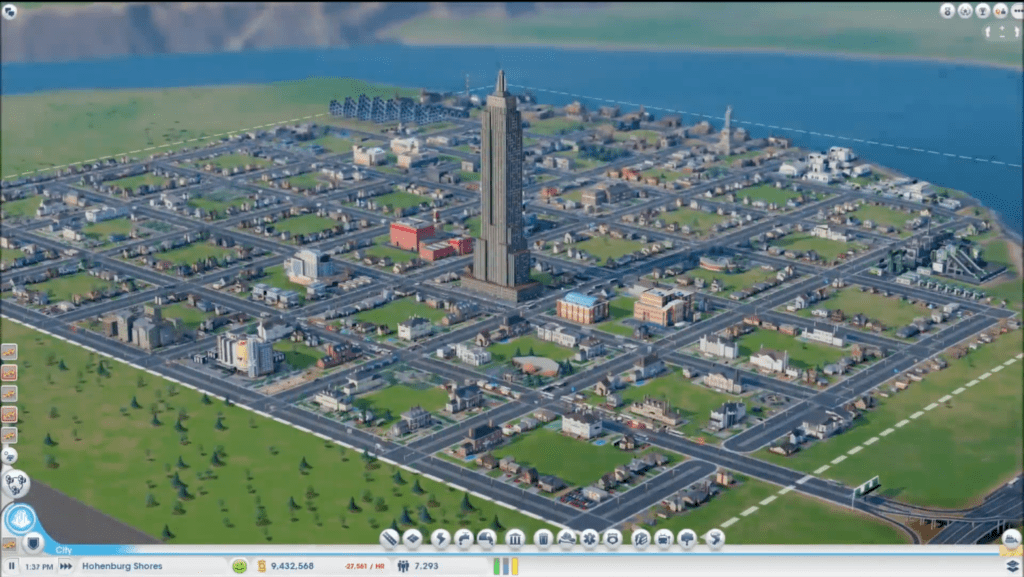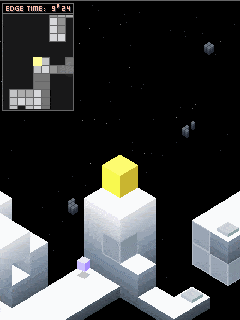Photo by Christopher Burns / Unsplash
Video games are constantly evolving into greater immersive platforms. Graphics have reached photo-realistic qualities and digital characters feel more and more human. These impressive details make it all the more appealing for players to be transported into another world. Understanding how virtual ecosystems work is central to learning the basis of generative art. As generative art and video games share an aspect of self-contained environments, the lines between creator and creation are questioned.
Virtual ecosystems are exactly what you think they are: simulated, digital versions of controlled communities. One of the earliest examples of a virtual world is a text-based, role-playing game titled Multi-User Dungeon or, MUD. Created in 1978 by Roy Trubshaw and Richard Bartle, MUD was developed before the advent of the Internet in 1991. The game demonstrated how virtual ecosystems also extend beyond role-playing characteristics.

Creating A Virtual Ecosystem
Both virtual and non-virtual ecosystems can contain abiotic and biotic elements. Abiotic elements refer to non-living components in an ecosystem, while biotic elements would be contrasting, living components.
An example of how players can control abiotic and biotic elements would be in the game, SimCity. The player is responsible for the growth of a city and manage biotic, or organic factors like the amount of trees in a city to building around abiotic factors such as geography or climate.
Both virtual and non-virtual ecosystems can contain abiotic and biotic elements. Abiotic elements refer to non-living components in an ecosystem, while biotic elements would be contrasting, living components.

Game development eventually expanded from simple text-based choices to the term, emergent gameplay, which refers to simple actions made by the player that lead to complex outcomes. The term can be applied to non-virtual games and can also relate to our previous example, SimCity. A single decision a player makes could radically change the development of their virtual city.
Unwelcome Guests: Viruses as Disruptive Agents
Viruses themselves also act as microcosm of virtual environments, and would later spread through the advance of microcomputers and computer networks.
The environment a virus lives in wouldn’t be a simulation of an environment, but an actual digital ecosystem from networking computing technologies. There is a fear that viruses would escape their world and seep into unwanted territories. This could relate to how characters in virtual worlds can potentially reach a certain level of self-awareness to rebel against the player’s commands.
Monash University professor Alan Dorin defines virtual ecosystems, in the context of art, to have the following unique factors:
- Demonstrates complex dynamics over fine and coarse timelines
- May explore large-scale search spaces independently of human input
- Has potential for user-events to influence its behavior
- Has potential to allow artist-laid constraints on the search spaces
Who’s Really in Charge?
With the last point, the characteristic of artist-laid constraints can bring up questions of autonomy and manipulation within a virtual world. As games are often designed to be in first-person perspective or centered around a single character, players can easily project their own personalities to then “…[eradicate] the fictional character.” (Stuart) Even the simple act of physically moving a character in a virtual space gives the player the ability to follow their own decisions and express a missing authority in their real lives.

This inherent desire for control might exist in all of us. As we go about our daily lives, some decisions may not feel as purposeful as the next, but with the accessibility of video games, we know there’ll always be a new world to get lost in.
This content comes from the course Generative Art and Computational Creativity taught by Philippe Pasquier, Associate Professor at Simon Fraser University’s School of Interactive Arts and Technology. You can enroll for free below:
Generative Art and Computational Creativity
Simon Fraser University

